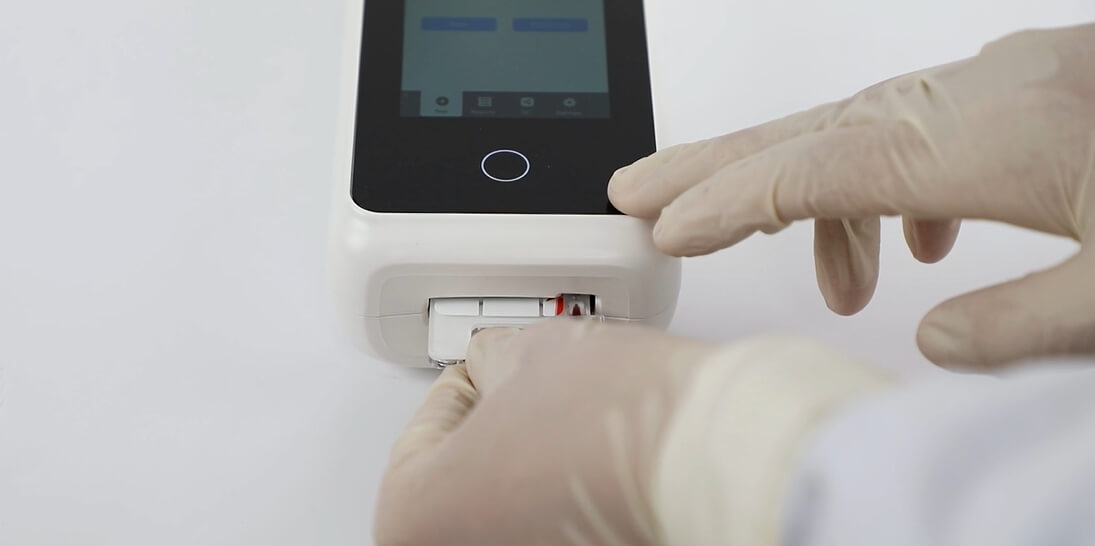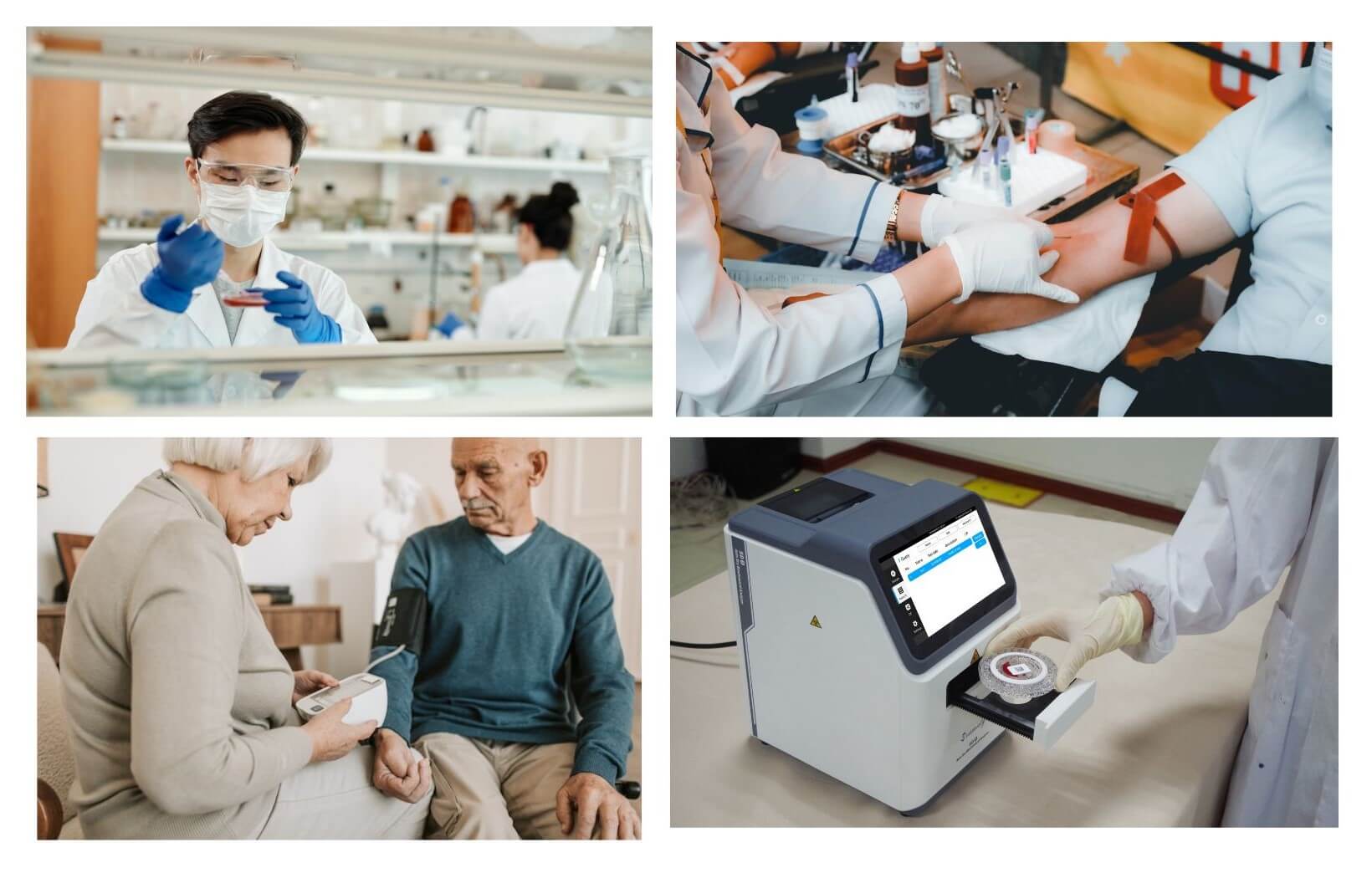release time:2023-10-26 10:55:35
The Seamaty SE1 Handheld Electrolyte Analyzer is a specialized medical device meticulously crafted to measure the concentration of essential electrolytes in biological samples, such as blood or serum. Accurate electrolyte level measurement is critical for diagnosing and managing a multitude of medical conditions. This user guide aims to optimize your experience with this remarkable device, ensuring efficient and precise electrolyte analysis.

The Seamaty SE1 Handheld Electrolyte Analyzer is purposefully designed to elevate patient care across various healthcare settings. Its compact form and user-friendly interface make it a valuable asset in hospital bedside scenarios, physician's office laboratories, urgent care clinics, and retail clinics alike. Its portability and convenience empower healthcare professionals to perform electrolyte analysis on the spot, eliminating the need for sample transportation and expediting turnaround times. With the SE1, you can obtain accurate results in just four minutes, enabling swift decision-making to optimize patient care. Furthermore, it requires only 2-3 drops of whole blood to conduct tests.

Press and hold the power button for 2-3 seconds.
Note: The device takes approximately 3 minutes to warm up upon startup; please be patient.

After the device warms up, remove the cartridge and lay it flat—avoid tilting or shaking it vigorously.
Using a pipette or syringe, add 100 µL of the sample to the designated sample hole.
After adding the sample, promptly close the sample cover securely.

Note:
a) After removing the cartridge from the refrigerator, allow it to reach room temperature for 20 minutes.
b) It is recommended to use freshly collected whole blood samples with airtight, heparin anticoagulation.
c) For anticoagulation, professional arterial blood gas needles are recommended. If unavailable, consider calcium titer (balanced) heparin or lithium heparin.

Click "test" on the interface. Insert the cartridges with the text logo facing upward into the card slot.
Click "Start the test." While the test is in progress, tap "Sample Information" to input patient data.
Wait for 4 minutes, and the results will be automatically printed upon test completion.

The SE1 requires only 80-120 µL of capillary blood, whole blood, serum, plasma, or aqueous solution per sample. Testing is rapid, taking only 4 minutes per sample. The device analyzes critical parameters, including K+, Na+, Cl-, Ca2+, and pH.
By following these streamlined instructions, you can maximize the efficiency and accuracy of the Seamaty SE1 Handheld Electrolyte Analyzer, ultimately improving patient care and healthcare workflow.
▼Click to watch the display video of Seamaty SE1 Electrolyte Analyzer▼
[1]. How to Choose the Perfect Electrolyte Analyzer for Your Small to Mid-Sized Clinics?
[2]. The Power of Portability: Seamaty's SE1 and SG1 Analyzers Transforming Point-of-Care Testing
[3]. Roche 9180 vs. Seamaty SE1: Analyzing Electrolyte Analyzers for Near-Patient Testing
[4]. Enhancing Patient Care with Seamaty SE1: A Handheld Electrolyte Analyzer for Every Setting
[5]. Electrolyte Analyzer: Introduction, Principle, How to Use
[6]. 7 Reasons Why SE1 Handheld Electrolyte Analyzer Outperforms Traditional Models
[7]. A Comparison of Electrolyte Analyzers and Blood Gas & Electrolyte Analyzers
[8].Disadvantages of Electrolyte Analyzers and How SE1 Handheld Electrolyte Analyzer Shines

2023-07-12
Learn about private, hospital, point-of-care, and home medical laboratory testing. Understand their functions, benefits, and contributions to accurate diagnostics and patient care.

2022-10-13
The biggest advantage of the wet blood gas analyzer is that it can process samples in bulk. The cost of testing is lower. However, the disadvantage is that the machine is large and not easy to move. In addition,

2022-06-02
Biochemical analyzers play a crucial role in any laboratory as they reveal valuable information that helps to efficiently and accurately diagnose a person. The information that can be gathered through this equipment includes: